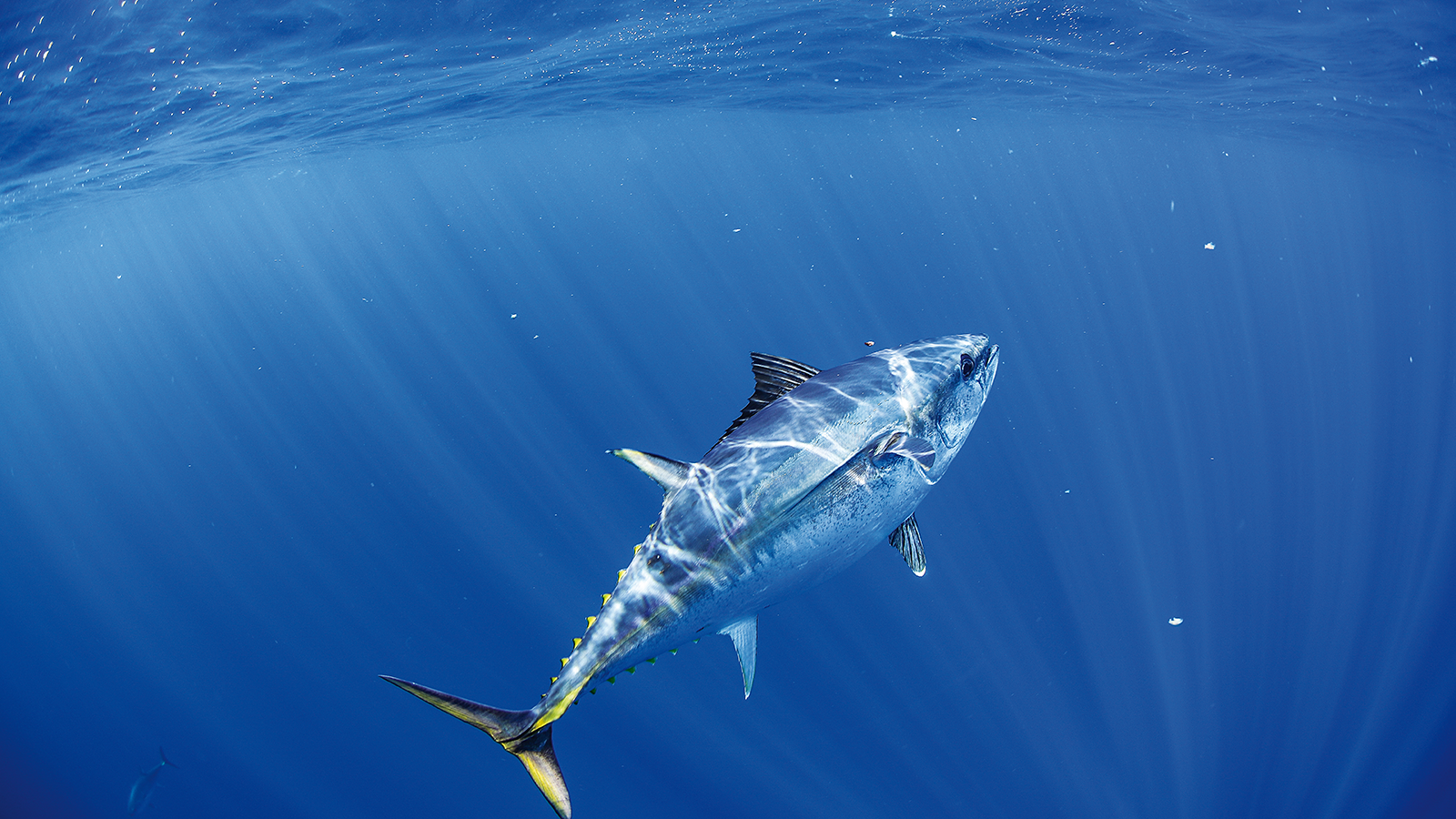Industry monitoring has identified sizeable increases in sediment loading of copper and zinc at farm sites in the Huon and D’Entrecasteaux Channel, with Cu levels in some sites exceeding existing management trigger levels (ANZECC/ARMCANZ (2000)). This is a major concern for both farmers who are reliant on antifoulant use to ensure adequate environmental conditions within pens for fish growth and stock health. While there is some evidence to suggest that paint-associated copper may be less readily bioavailable than other forms, this information is currently insufficient to warrant changes to existing guidelines. Consequently the industry needs to better define the potential for environmental impacts associated with copper contamination, and a strategy for management and remediation of these sediments needs to be developed.
There is an urgent need to understand both the consequences of copper accumulation and the conditions that affect copper build up under cages, and to incorporate this information into management practice. Specifically, we need to
i) develop management limits for sediments,
ii) determine reliable approaches for monitoring Cu bioavailability,
iii) determine the potential for natural or assisted remediation (can it occur and can it be managed),
iv) the implications of farm management practices on sediment contamination (i.e. fallowing, in situ cleaning, sediment disturbance).
This information will enable the development and implementation of comprehensive management strategies.








